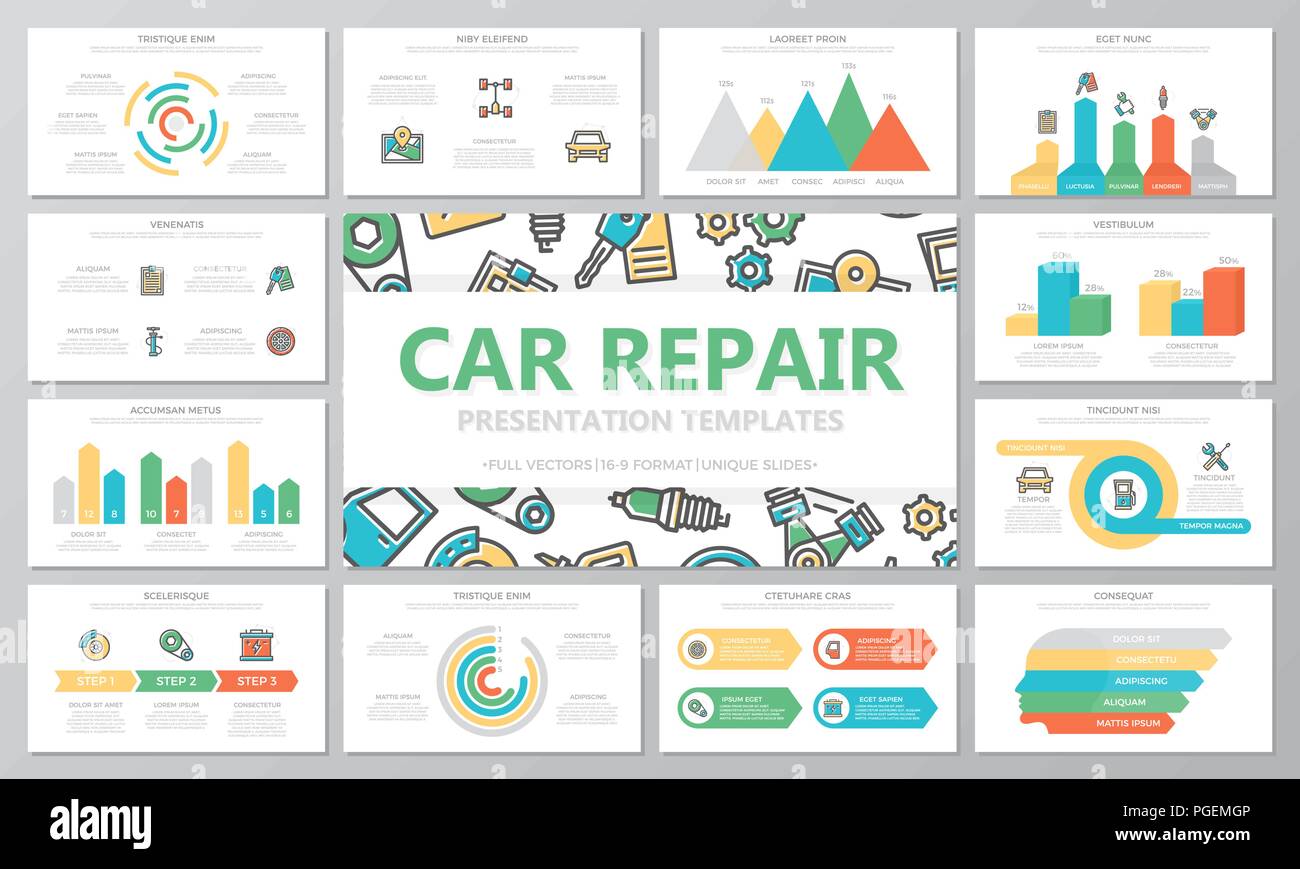Wondering Regarding The Meaning Behind Those Dashboard Warning Lights? Gain Understandings Right Into Their Ramifications For Your Lorry'S Security And Upkeep
Wondering Regarding The Meaning Behind Those Dashboard Warning Lights? Gain Understandings Right Into Their Ramifications For Your Lorry'S Security And Upkeep
Blog Article
Writer-Sykes Corbett
When you lag the wheel, those radiant caution lights on your dashboard can be a little bit complicated. Do you understand what they're trying to inform you regarding your vehicle's health and wellness? Recognizing the importance of these lights is crucial for your safety and the long life of your automobile. So, the next time among those lights pops up, wouldn't you wish to decipher its message accurately and take the necessary steps to address it?
Common Caution Lighting and Interpretations
Recognize common warning lights in your automobile and recognize their definitions to ensure safe driving.
One of the most common caution lights consist of the check engine light, which indicates issues with the engine or discharges system. If this light comes on, it's essential to have your automobile examined immediately.
The oil stress warning light suggests reduced oil pressure, calling for instant focus to stop engine damage.
A blinking battery light could recommend a damaged charging system, potentially leaving you stranded if not resolved.
The tire pressure tracking system (TPMS) light notifies you to reduced tire stress, impacting car security and fuel effectiveness. Disregarding this can result in risky driving conditions.
The abdominal muscle light shows a trouble with the anti-lock braking system, jeopardizing your capability to stop quickly in emergency situations.
Lastly, the coolant temperature level cautioning light warns of engine overheating, which can cause severe damage if not dealt with promptly.
Recognizing these typical caution lights will certainly aid you resolve problems immediately and keep risk-free driving conditions.
Value of Prompt Focus
Comprehending the usual warning lights in your automobile is only the initial step; the importance of without delay dealing with these cautions can not be emphasized sufficient to guarantee your safety when driving.
When a warning light illuminates on your control panel, it's your cars and truck's method of communicating a prospective problem that requires interest. Disregarding these cautions can bring about a lot more extreme problems down the road, compromising your security and possibly costing you extra out of commission.
Prompt focus to advising lights can protect against malfunctions and mishaps. For instance, a flashing check engine light might show a misfire that, if left neglected, might cause damage to the catalytic converter. Resolving this immediately can conserve you from an expensive repair service.
Likewise, visit the following webpage cautioning light could signify reduced brake liquid or used brake pads, crucial elements for your safety and security when driving.
DIY Troubleshooting Tips
If you see a caution light on your control panel, there are a couple of do it yourself fixing pointers you can try before seeking professional aid.
car wash detail is to consult your auto's manual to understand what the particular caution light suggests. Occasionally the issue can be as straightforward as a loose gas cap causing the check engine light. Tightening the gas cap may solve the issue.
Another common concern is a low battery, which can trigger numerous alerting lights. Checking the battery links for rust and ensuring they're protected might take care of the problem.
If a caution light persists, you can try resetting it by detaching the cars and truck's battery for a couple of minutes and after that reconnecting it. In addition, examining your automobile's liquid levels, such as oil, coolant, and brake liquid, can aid repair alerting lights related to these systems.
Conclusion
To conclude, understanding your car's caution lights is essential for keeping your automobile running smoothly and safely. By immediately attending to these alerts and knowing what they imply, you can stay clear of expensive fixings and prospective failures.
Bear in mind to consult your automobile's handbook for particular information on each warning light and act appropriately to make sure a trouble-free driving experience.
Remain educated, remain secure when driving!
